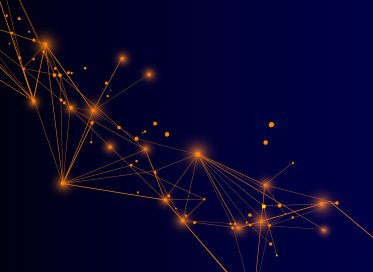How dunning processes are becoming both smarter and softer
25 May 2023
|
Laura Broers
Laura Broers looks at the difference between smarter dunning and softer dunning and explains how CSPs utilize both techniques to manage financially-distressed customers.
The cost-of-living crisis is acting as a catalyst for change in CSPs’ approach to collections – known in telecoms as ‘dunning’. In the past, this process, which begins with the ‘red reminder’ and extends to legal action and disconnection, was generic, rigid, expensive, and - despite the recent focus on customer experience and customer-centricity – hugely destructive on customer relationships.
With so many customers now financially distressed, CSPs are turning their attention to how they deal with late payments. This long-overdue reassessment is seeing them adopt two complementary strategies: smarter and softer dunning.
What is dunning?
Dunning is the process of communicating with customers about overdue amounts and encouraging them to pay what’s owed. It’s a vital process because if customers don’t pay, CSPs don’t have a business. But traditional approaches to dunning are almost as antiquated as the term. They don’t consider the customer’s circumstances, lifetime value, previous history, or the context of the debt. This is because dunning is approached as purely a financial process rather than seen as an integral part of the customer relationship and, therefore, within the CX domain.
The ‘poly-crisis’ – a catalyst to change
The current poly-crisis has resulted in soaring inflation that’s put a large proportion of CSPs’ customer bases under stress. But even under normal economic conditions, many genuine and decent customers still struggle to pay bills at some time or another due to everyday life events such as redundancy, sickness, or bereavement. The poly-crisis is acting as a catalyst to change, simply because so many customers are affected, but shifting to a smarter and softer approach to dunning promises to pay dividends for the long term.
What is smarter and softer dunning?
Legacy dunning processes are usually completely separate from billing. Dunning teams tend to work for CFOs and operate outside the CX domain. They have separate systems and often don’t have access to the wide range of data other teams (e.g. billing and customer care) have about customers. Inevitably, this means the process is both costly and generic. Rather than solving problems earlier in the process, legacy dunning uses increasingly harsher tones of voice, imposes late payment fees, may insist on unrealistic payment schedules, threatens legal action, and even hands collection over to third parties.
In contrast, smarter dunning uses a wide range of available data to understand the customer context. In other words, what is the customer history, and why are they paying later? Smarter dunning empowers a self-service approach to collection – providing customers with payment options and alternatives tailored to customer needs and history via a self-service portal. Smarter dunning aims to optimize decision-making so that risk of default is lowered, involuntary churn is minimized, payment plans are sustainable and low-cost, and customer stress is reduced.
Softer dunning is an allied concept. It shifts the emphasis from punishing customers for not being able to pay (by using threats of legal action and disconnection) to a more customer-centric and solution-based approach, aiming to keep the customer connected by finding a solution that works. The thinking behind softer dunning is that all customers can go through periods of financial vulnerability, and the important thing is to maintain a positive customer relationship wherever possible while minimizing the CSP’s exposure to the risk of default. Softer dunning involves taking a more flexible and personalized approach to the customer to find an answer to a problem (their inability to pay).
Making dunning a positive customer experience
With the right approach, dunning can be a less stressful and more positive experience for customers. This is somewhere CSPs can differentiate themselves because customer expectations are already so low. After all, most companies abandon customer service best practices and start treating debtors as second-class customers. By treating customers as valued individuals, showing empathy, and taking a solution-based approach, you not only stand a better chance of cost-effectively recovering the sums owed but can preserve and even strengthen the relationship, thereby boosting the customer’s lifetime value.
In short, selling is about creating new revenue; dunning is about recovering lost revenue and minimizing bad debt. Taking a smarter and softer approach to dunning is an essential component of a smarter approach to doing business.




